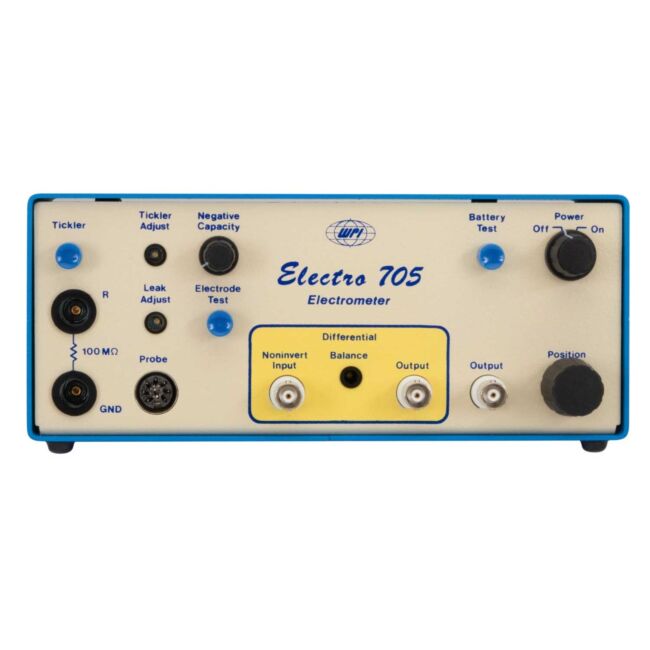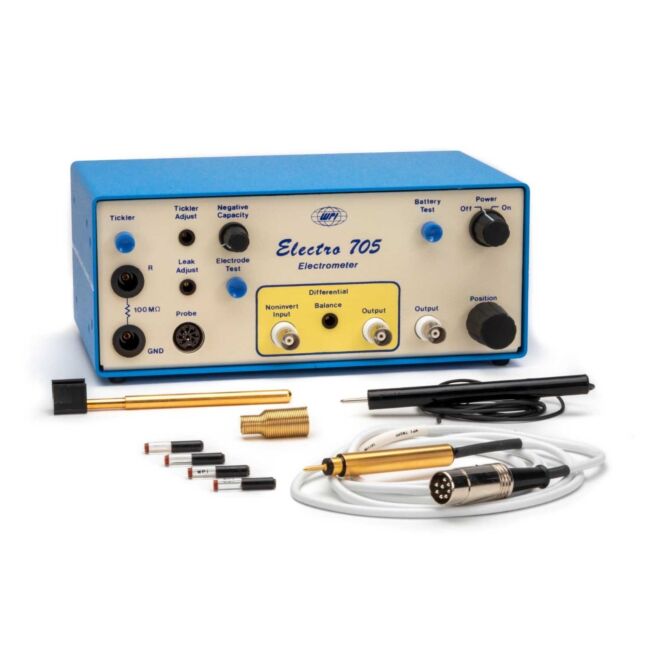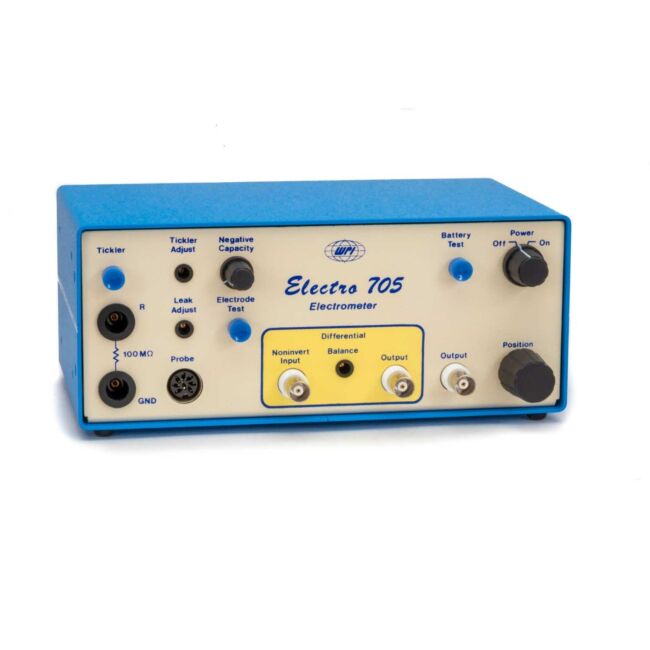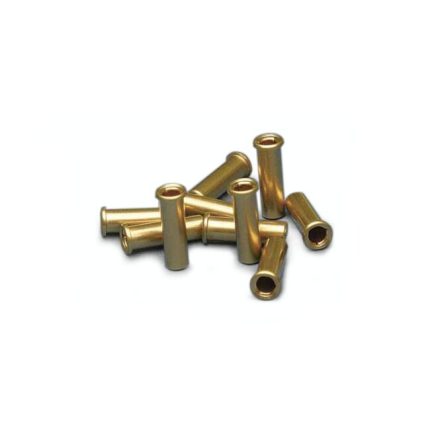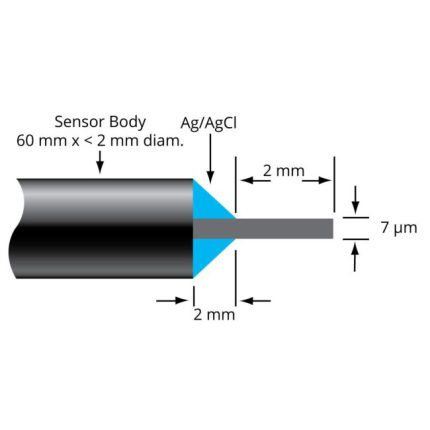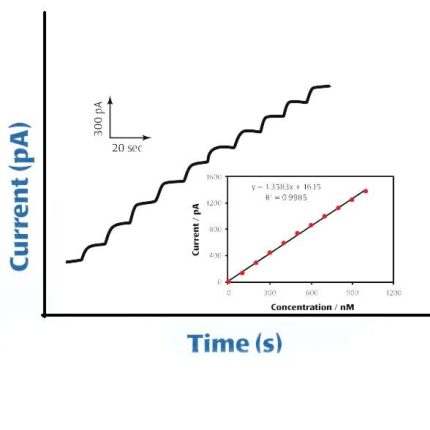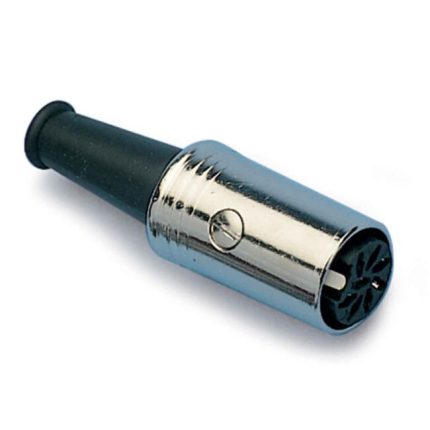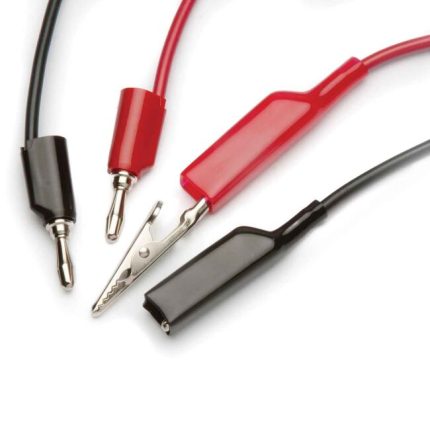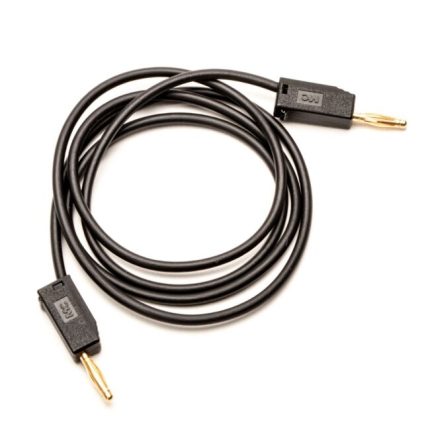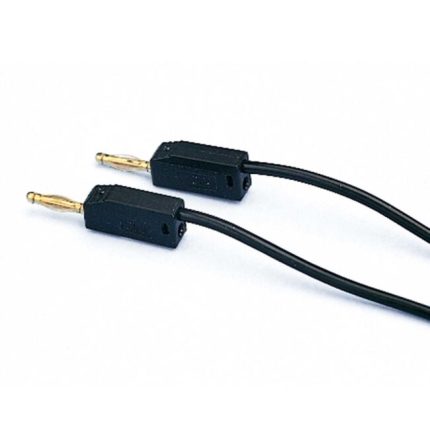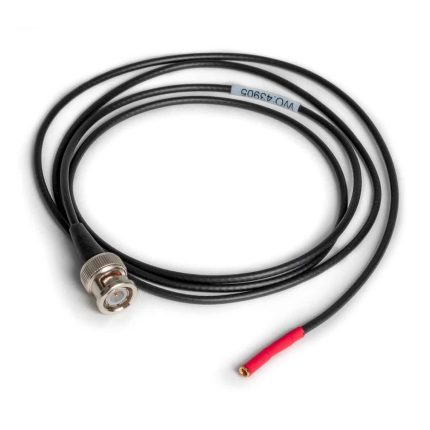High quality, intracellular amplifier perfect for students Electro 705, a battery operated, low noise, wide band electrometer preamplifier, is designed for intracellular voltage measurement. Two 705’s can be linked together to form a high impedance differential electrometer pair. Each instrument includes a miniature gold plated active probe to which a microelectrode can be attached using the WPI microelectrode holder supplied. Learn More
Product was successfully added to quote request.View Your Quote Cart
Ultra Quiet Intracellular Amplifier
$2,175.00
Сatalog number:
SYS-705
Categories: Amplifiers, Analyzers, Intracellular Amplifiers
Related products
Micro Nitric Oxide Sensors
$1,027.00 – $1,074.00
The ISO-NOP007 has a tip diameter of just 7 microns and a length of 2mm. The response is linear over a wide dynamic concentration range of NO. The design is based on a single carbon fiber coated with WPI's NO-selective membrane. A detection limit of approximately 1 nM NO makes this electrode ideal for use in tissues and microvessels.
Connector, adapts WPI Transducers to non-WPI equipment
$0.00
Сatalog number:
5373
Low-Noise Cable for Microelectrode Holder, A: pin/jack, B: pin/jack
$35.00
Сatalog number:
5375
Low-noise cable for Microelectrode Holder, A: BNC (male), B: jack
$59.00
Сatalog number:
DRL
Dummy Load Resistor Kit
$156.00
A365 can be used as a precise voltage source by placing a precision “dummy” resistor load across the output terminals. Precision resistors (such as the 100 Ω, 1000 Ω and 10,000 Ω resistors in WPI’s optional Dummy Load Resistor Kit #DRL) when placed across the output terminals convert the precision current levels to accurate voltage levels.
For example, 1 milliampere flowing through 1000 Ohms will produce 1 volt across the output terminal pair. Thus, models A365D and A365R can be used as low noise sources of accurate voltage pulses or DC. To maintain less than 1% error, avoid shunting the output dummy resistor with a load resistance less than 100 times the dummy resistance value.

